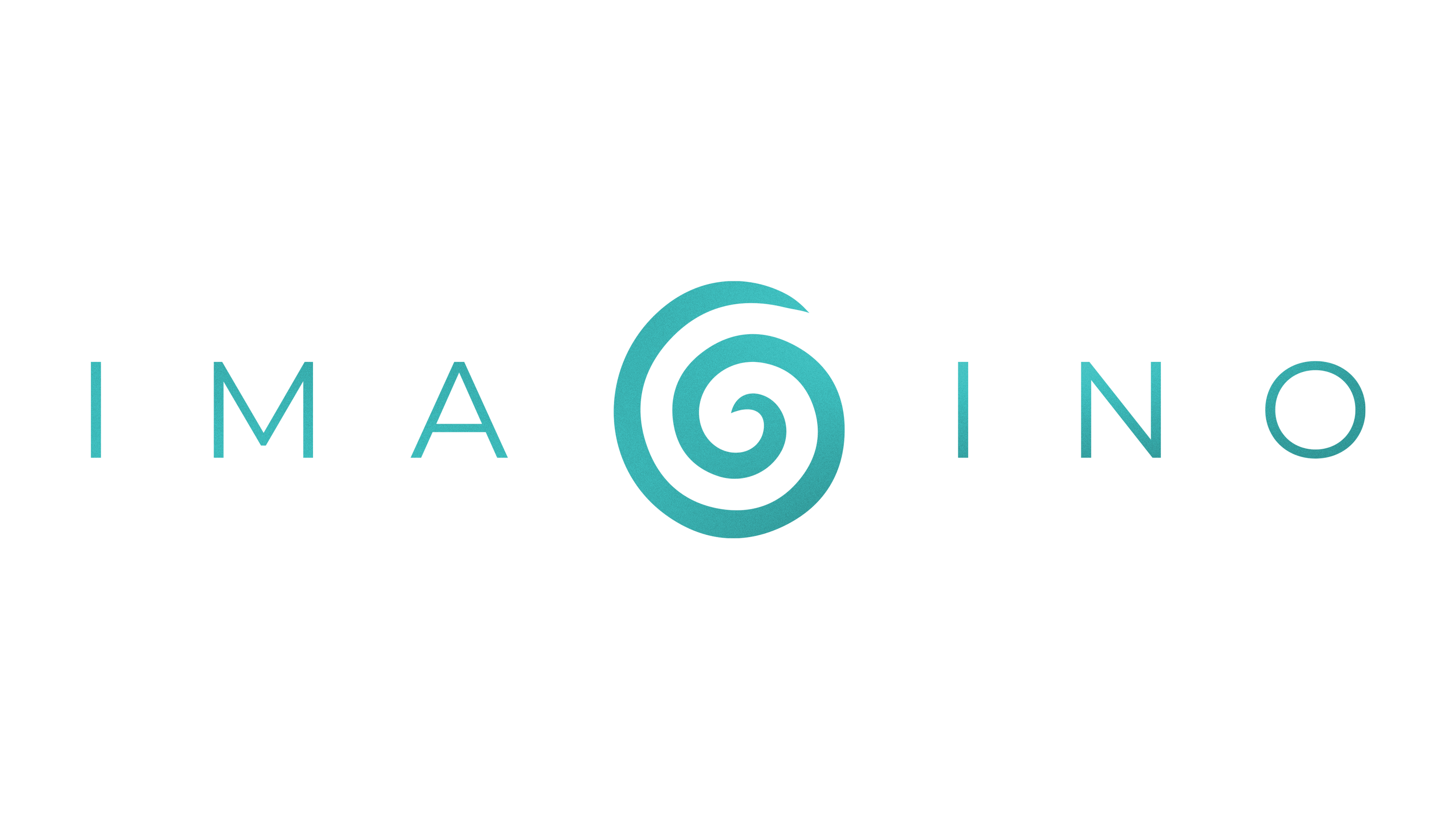Part 2 - Lactose: The Gut Microbiota
- #Wellness
This is the second part of a three part series on the TERRIBLE TRIO of gut microbiota health. If you haven't read part 1 on Gluten please read it first.
Our body hosts over 60,000 viruses and unaccountable numbers of bacteria. As any living creature, bacteria want to live, thrive and multiply to perpetuate their respective species.
In our gut there is a multitude of bacteria species and strains that happen to have a pecking order too, just like any other species and living organisms!
Hence, some of the bacteria have more of an alpha ‘personality’ and behavior, bullying and eliminating other species and subspecies from our gut.Staphylococcus and other bacteria from dairy, for example, once populating the intestines, ferociously demand space to expand their colonies, and to be fed their preferred food (dairy) to multiply and monopolize it! Their strong hunger message to our brain via the Vagus nerve cannot be ignored and silenced easily! The DAIRY ZOMBIE-like BACTERIA WANT FOOD, MORE FOOD, EVERY DAY, and MEAL, PREFERABLY!
Eventually, the Staphylococcus in dairy manipulates their hosts! The hosts become ADDICTS. And, as any addicts, dairy eaters would prioritize dairy to many other foods that are indeed NEEDED and BENEFICIAL – such as the anti-inflammatory and antioxidant cruciferous vegetables (broccoli, cauliflower, Brussels sprouts, asparagus, cabbage, radishes, and rucola). Staphylococcus from dairy doesn’t like the antibacterial foods either: oregano, garlic, onion, etc. It eventually eliminates the bacteria that breaks down broccoli, cabbage, rucola salad, etc. and thus, the host will avoid them, as the gut no longer contains the bacteria needed for their digestion.
For a well-balanced, varied nutrition and happy and effective digestion, we do not need DAIRY! After we wean from our mother’s milk, we need lots of other foods, but not dairy!
A few more reasons why we don’t need milk and dairy products:
- Mother’s milk is an instant concentrated nutrition for a helpless newborn, baby, and infant. It contains also a hormone designed to induce growth – insulin-like growth-hormone (IGH-1)– that helps cells multiply quickly at young age. After the initial growth slows down and infants can eat solid foods (about 1 - 3 years of age), what does the IGF-1 trigger if children consume cow, sheep, or goat milk? It induces accelerated physical growth to the extent that baby teeth are being replaced starting at 4 years of age(!), girls reach puberty at 8 years of age(!). Moreover, in the past 30 years children’s average weight has increased leading to an obesity epidemic. Fast growth spurs also mean porous and fragile bones, prone to fractures and injuries.
In adults, dairy consumption (even fermented) has been linked to abnormal cell growth – CANCER – as the IGF-1 benefits cancer cells!
- Mammals’ milk has bigger/ different molecules than that of humans. Homo Sapiens began consuming the milk of other species about 10,000 years ago, during the Agrarian Revolution, at the same time with gluten containing grains. However, as earlier mentioned, the human design was complete long before that. Hence, we’re not equipped to digest and benefit from other species’ milk, even processed via fermentation, a process that breaks down somewhat the milk molecule (especially the milk protein – casein) with the help of bacteria. However, the fermentation aiding bacteria eliminates other beneficial bacteria needed for the digestion of other foods, as already mentioned.
In the past 40 years milk and dairy consumption has been promoted and increased around the world, even in populations that traditionally didn’t use them – far East, etc. At the same time, milk and dairy consumption have been linked to allergies and intolerances in children and adults alike, as the dairy molecule is not digested by the human’s digestive system, triggering immune reactions.
- Milk/ dairy is high in fast releasing carbohydrates (lactose) that affects blood glucose levels and saturated fats, contributing to diabetes type 2 and clogging blood vessels, respectively!
- Then, the livestock, even grass fed, free range and organic, are they healthy or especially happy to be milked as they are (even manually)? Or do they release stress hormone in the milking process? This livestock’s stress hormone comes then ‘packaged’ with the milk and dairy products.
- Milk processing methods are also questionable – pasteurization (kills all probiotics and natural enzymes rendering dairy products very undigestible), additives, packaging, all logistics involved into making and moving dairy around the world.
- The dairy with ‘probiotics’ or the whey protein – from which sources and via which processing methods are obtained? Real probiotics could be found in plant-based sources (kombucha, pickled vegetables and fruits, etc.) that are friendlier to bacteria required for digestion of the real beneficial foods (i.e. cruciferous vegetables, etc.). While whey protein, a relatively new protein source popular with gym goers and body builders, could be replaced by plant or animal-based sources.
- The only safe dairy product is the organic butter (min. 82% fat content), as it doesn’t contain IGF-1, lactose (the milk sugar) or casein (milk protein). However, butter must be organic to avoid toxins associated with conventional livestock farming.
